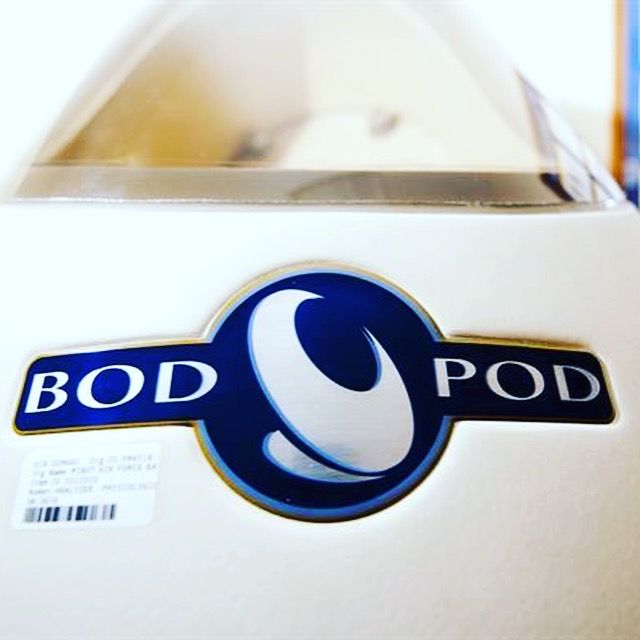Anatomy of a Weightlifter: What Should Be Your Strengths?
April 15, 2018
Fitness testing reveals the explosive strength of Olympic weightlifter Dmytro Chumak. Here's what you can learn from his test results.
Weightlifters are one of the strongest people on the planet. In a sports science lab, the physiques and unique body characteristics of Olympic athlete Dmytro Chumak are analyzed to reveal what makes him so special.
While the activity of lifting weights can last for a relatively short time, compared to other activities, it is obviously very intense because of the enormous amount of weight that weightlifters have to lift. In some cases, this could be as much as twice their own body mass.
Dmytro Chumak is one of the most popular sports stars in the Ukraine and one the world's top athletes in the sports of weightlifting.
Let's explore what it takes to make it to the top. Here's a list of test that Dmytro has taken. The results are astonishing.
The BOD POD Body Composition Test
Dmytro's body fat percentage was 9.5%. At 96kg, Dmytro has almost 86kg of lean tissue. That's a much higher percentage than most athletes. This lean mass is absolutely crucial for force production and performance in weightlifting.
Learn more about the Body Composition Testing
BOD POD Test | DEXA Scan
The Hand Grip Dynamometer
The Hand Grip Dynamometer is a simple test, but it's incredibly important for measuring strength. It's not just an indicator of strength in the arms, but it's also a measure of whole body strength, according to Gary Whyte, Professor in Applied Sport & Exercise Science at Liverpool John Moores University, former Olympian and a UK authority on Exercise Physiology. In general, stronger individuals have a stronger hand grip.
The Hand Grip test is often used in elite US sport to assess the relative strength of athletes without the risk of causing injury by using heavy weights. It focuses on the muscles of the hand, forearm and upper arm (wrist flexors, forearm, triceps and biceps), but also recruits the muscles of the back, shoulder and chest.
Dmytro will have to squeeze the device with his own hands a few times. What the results show is enormous force production from his hands, which demonstrate his extraordinary strength.
The Isometric Thigh Pull Test
The Isometric Thigh Pull Test, or Peak Force Test, is one of the key tests in weightlifting; it is measures force production in the legs, in the gluteals, in the core, and most importantly, in the trapezoids, as the weightlifter attempts to accelerate the bar.
The test will require Dmytro to apply a maximal lifting force to a static bar, carrying nearly 400 kilos of weight, while standing on a specially calibrated force plate.
Unsurprisingly, Dmytro's results were outstanding. He's able to generate 3,333 newtons of peak force, which is a huge amount of force to be able to produce.
The Isokinetic Dynamometer Test
The Isokinetic Dynamometer Test is an important test for weightlifters. While the arms might attention during the activity of lifting weights, the real powerhouse is the legs.
The test assesses force production in the quadriceps and the hamstrings, two crucial muscles for weightlifting. The test also examines symmetry, since weightlifters cannot afford to have an imbalance in force production between the left and the right leg.
To measure the force that Dmytro's quadriceps and hamstrings can generate, he's performing a series of concentric extensions and flexions.
In terms of the quadriceps, Dmytro can produce an explosive 374 newtons in the right leg and 354 in the left leg. This also shows an incredible symmetry, with a ratio of 94.6%), which is crucial, even if the weightlifter has perfect technique. Maintaining balance is required for optimal performance.
Source: The Olympic Channel


